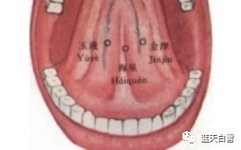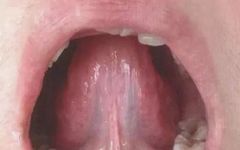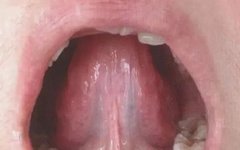The Importance of Collateral Stagnation in Hypertension Pathogenesis
Hypertension falls under the TCM categories of “headache,” “dizziness,” and “liver wind.” It is generally believed that the occurrence of hypertension is related to emotional distress, where anger and worry lead to liver qi stagnation, which over time transforms into fire, depleting liver yin. This results in an inability to restrain yang, causing liver yang … Read more








